I found this artist/photographer called Tchmo. He creates similar cloud
work to that of David et Myrtlle, however he uses acid colours. He also produces textured canvases using oil paint in similar colours to the clouds. I want to stick to using clouds throughout my project because i feel it is a great metaphor for drug highs. Drugs take people to another level and place. Often this can feel quite pleasant but there is also a harsh reality to the come down from such drugs. I feel Tchmo's work really captures that 'acid high' that you get from certain drugs such as LSD and Ecstasy. The compositions of Tchmo's work is quite simple. He takes portrait photographs of his models which he later overlays with textures and clouds. The backgrounds are typically white or black. The white backgrounds give the impression of nostalgia and late 70's free love photography from the woodstock era. My personal preference are the black backgrounds. I feel they are stronger and make the bright acid colours 'pop' off the page. The portraits appear to be set in traditional studio settings with a softbox light set up to give a natural diffused glow. The faces are partially obscured by the clouds. The eyes are supposed to be the windows to the soul. However when these are obscured the model/character appears to be faceless and lose his identity. I would like to see the outcome of a photograph with exposed eyes. This could aid the impact of the image. Often when people take drugs their pupils dilate. I would like to increase the size of the models pupils to see if this engages the viewer. I will initially take studio shots of my models using a soft box light and black background. I hope to layer textures of clouds over the top in a similar style to David et Myrtyle. I will also experiment with exposing the eyes to see if this creates a deeper impact. The clowns I have decided to use in my work are called Pierrot clowns. Pierrot is a stock character of pantomime and Commedia dell'Arte whose origins are in the late 17th-century Italian troupe of players performing in Paris and known as the Comédie-Italienne; the name is a hypocorism of Pierre (Peter), via the suffix - His character in postmodern popular culture—in poetry, fiction, the visual arts, as well as works for the stage, screen, and concert hall—is that of the sad clown, pining for love of Columbine, who usually breaks his heart and leaves him for Harlequin. Performing unmasked, with a whitened face, he wears a loose white blouse with large buttons and wide white pantaloons. Sometimes he appears with a frilled collaret and a hat, usually with a close-fitting crown and wide round brim, more rarely with a conical shape like a dunce's cap. But most frequently, since his reincarnation under Jean-Gaspard Deburau, he wears neither collar nor hat, only a black skullcap. The defining characteristic of Pierrot is his naïveté, he is seen as a fool, always the butt of pranks, yet nonetheless trusting.
It was a generally buffoonish Pierrot that held the European stage for the first two centuries of his history. And yet early signs of a respectful, even sympathetic attitude toward the character appeared in the plays of Jean-François Regnard and in the paintings of Antoin Watteau, an attitude that would deepen in the 19th century, after the Romantics claimed the figure as their own. For Jules Janin and Théophile Gautier, Pierrot was not a fool but an avatar of the post-Revolutionary People, struggling, sometimes tragically, to secure a place in the middle-class world. And subsequent artistic/cultural movements found him equally cooperative to their cause: the Decadents turned him, like themselves, into a disillusioned disciple of Schopenhauer, a foe of Woman and of callow idealism; the Symbolists saw him as a lonely fellow-sufferer, crucified upon the rood of soulful sensitivity, his only friend the distant moon; the Modernists converted him into a Whistlerian subject for canvases devoted to form and color and line. In short, Pierrot became an alter-ego of the artist, specifically of the famously alienated artist of the 19th and early 20th centuries. His physical insularity; his poignant muteness, the legacy of the great mime Deburau; his white face and costume, suggesting not only innocence but the pallor of the dead; his often frustrated pursuit of Columbine, coupled with his never-to-be vanquished unworldly naïveté—all conspired to lift him out of the circumscribed world of the Commedia dell'Arte and into the larger realm of myth. Much of that mythic quality still adheres to the "sad clown" of the postmodern era. I have based all of the work I have done and am planning on doing on these clowns, but put my own twist on them. I use the make up of the “sad clown”, which is most commonly a white face, black eyes, red lips and tears. This is my own recreation of one of Rosie Hardys photos. I liked this for paranoia and think it linked in well with drugs and split personality.. I really like the idea of using clowns in the rest of my work too. I put my own twist on the clown too, instead of using a stereo typical clown, i looked into pierott clowns and used that idea, and think i will carry on using it throughout my project. Here i have used Rosie Hardys shadows, as mine didnt come out very well, to see what it would look like. I think it looks alot better with these shadows.
Here I have tried to recreate David et Myrtille's 'dreaming'. I am really please with how the final edit turned out! The original photo i used before editing.
I have looked into being on a high and have started researching more specifically into paranoia and anxiety. Alot of the things i have come across are a bit dark and creepy, but i wanted something a bit less dark. i came across this photo by Rosie Hardy, i really like this and it has inspired me for my paranoia. I'd really love to try and re create a photo based on this, i love the shadows of the hands and the position of her in the photo, id obviously take away the clown aspect of the photo but love the idea of trying to do this!
This is another photo by David et Myrtille. Its very similar to his 'dreaming'. What i like about this photo id that in this photo unlike in 'dreaming' is that its the same idea, with the clouds and the windswept hair, but i like that the clouds are above her, like shes on a come down, and no longer with her head in the clouds.
I discovered this image by the photographer David Et Myrtyle.I was inspired by this image because i felt it captured the feeling of drugs. I like this photo in particular as it can be used to show someone being on a high, with their head in the clouds or dreaming etc. But it can also work for anxiety, paranoia and even confusion.
The photograp itself is simple. I like the plain background and the soft subtle colors highlighted in the flocked wallpaper. The models clothing is also quite subtle and blends with the background. This brings the viewers focus to the clouds and the movement of the models head. I like the hair being wrapped around over her face, this shows movement of the head which again links in well with my theme as it shows excitement, movement and friction. The colour is desaturated in areas which has given the photograph a painterly effect. The composition is interesting because the main portrait figure sits in the bottom half of the canvas. The top half of the image is juts blank canvas. This adds to the narrative affect of the image. It is not a straight forward portrait. The photographer is trying to convey a narrative, tell a story. I feel the obscured face of the model makes the viewer question the image. Who is she? What is happening?. If the models face was apparant i dont think this image would have the same impact. In order to create a similar image, i am going to use a slow shutter speed. This should aid the movement of the image. The clouds overlaid look as if they are passing in the opposite direction. I feel as if she is trying to shake off the clouds to get a clear perspective. Unfortuanely i am unable to find a simialr flocked wallpaper. Instead i will take a studio shot using a softbox. I will overlay a blending mode and texture. Completing a similar shot will allow me to hone my photography portrait skills and photoshop manipulation. This will allow me to develop and realsie my own ideas. |
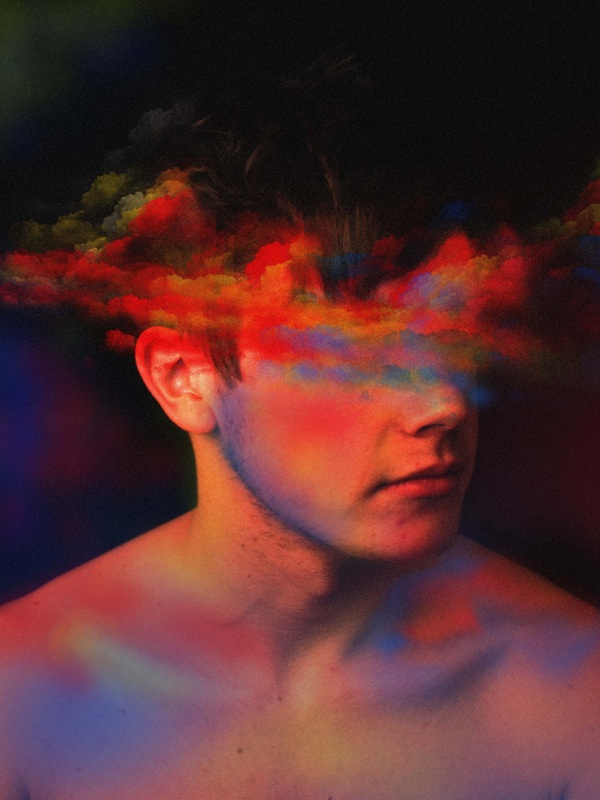
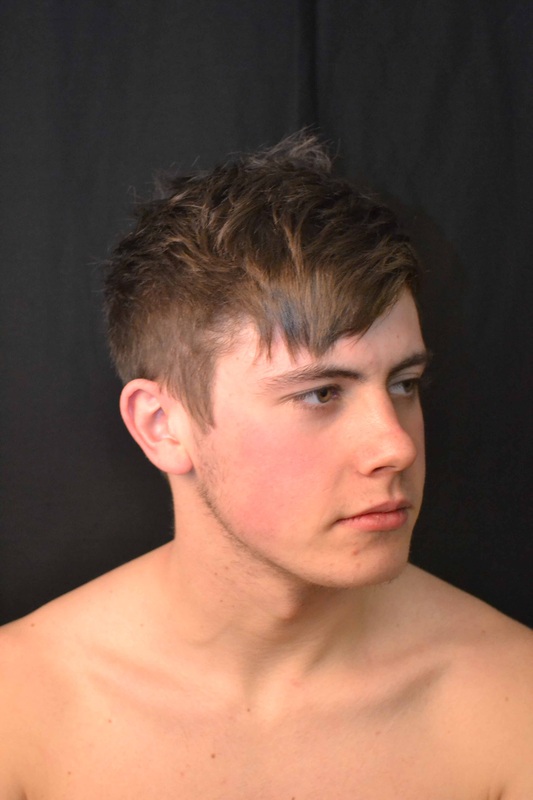
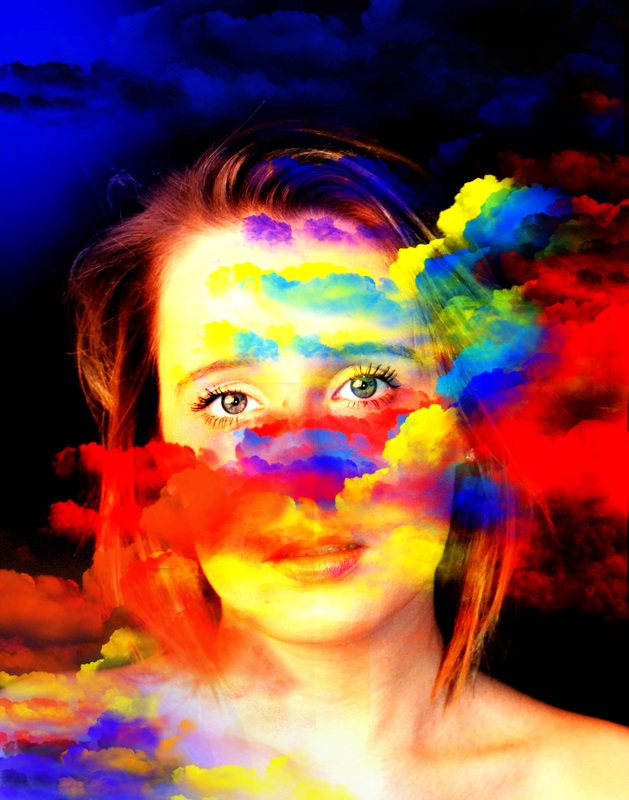
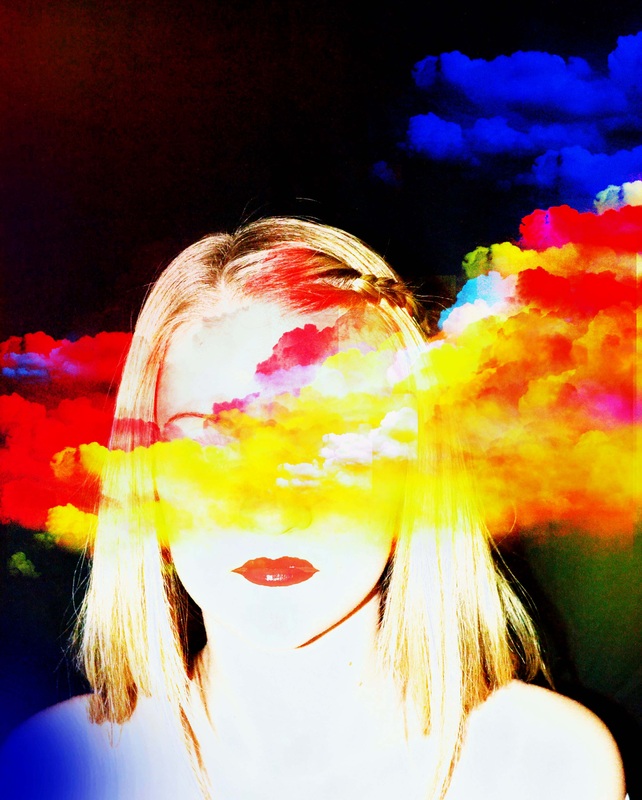
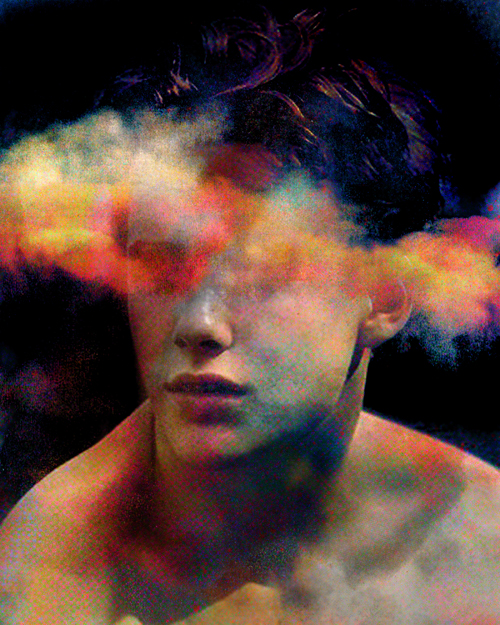
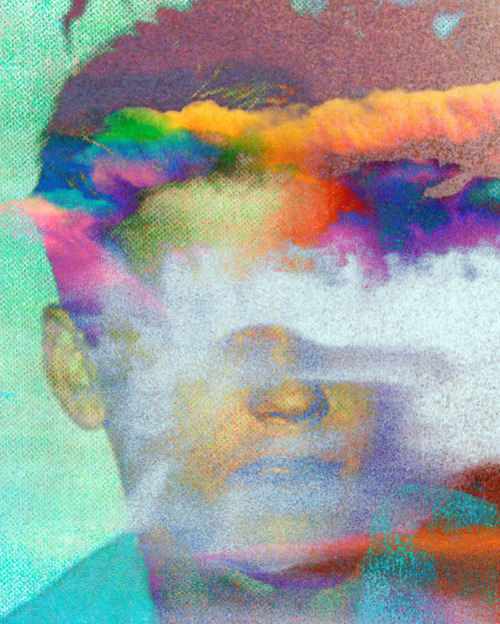
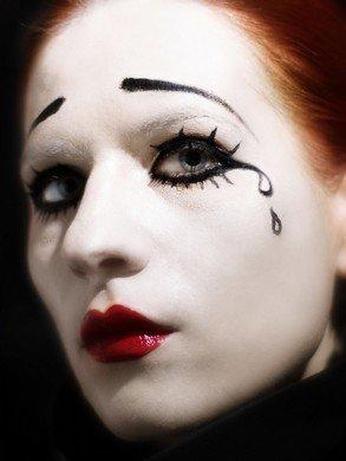
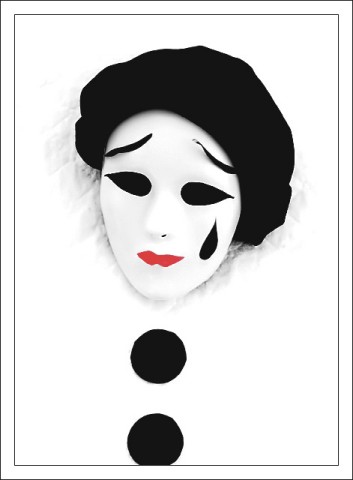
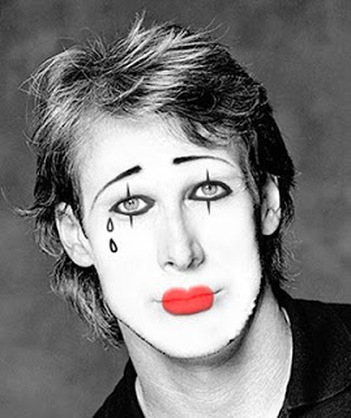
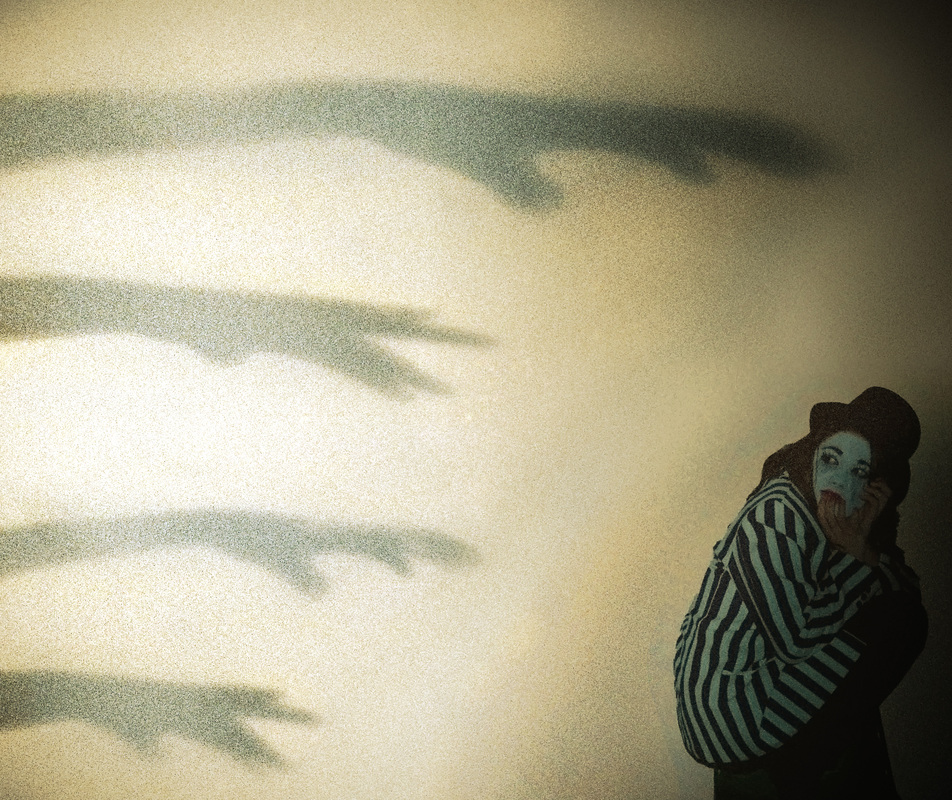
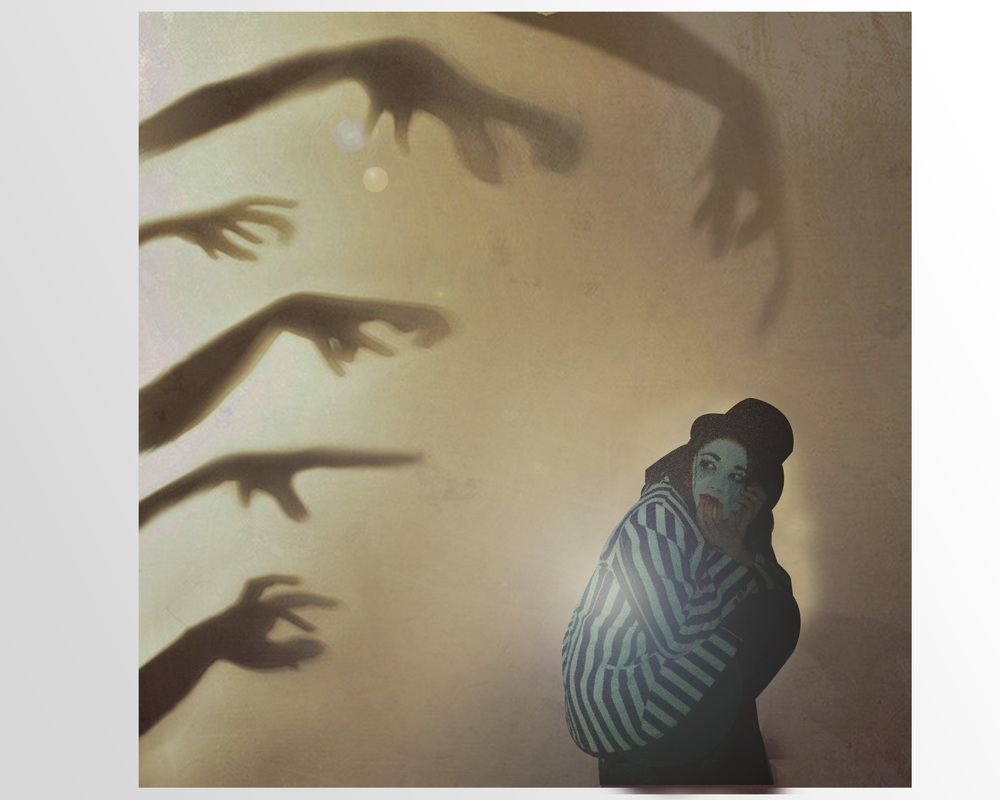
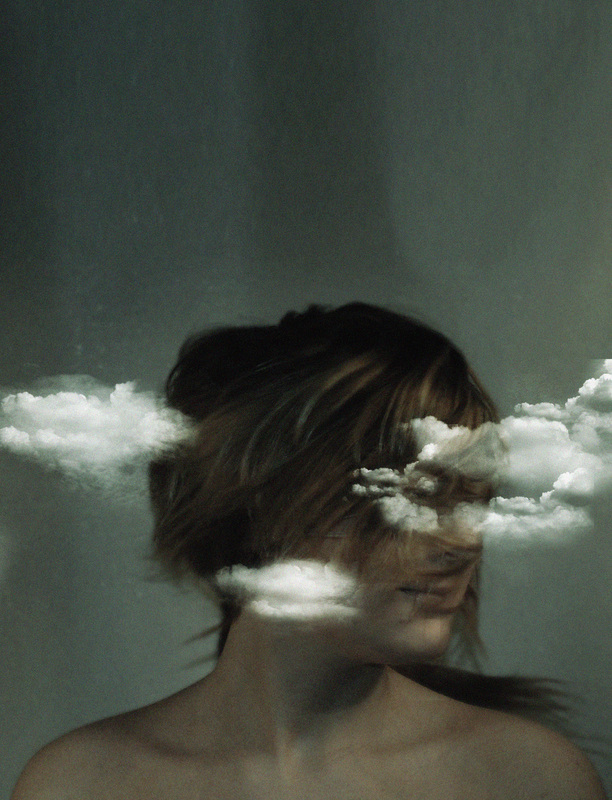
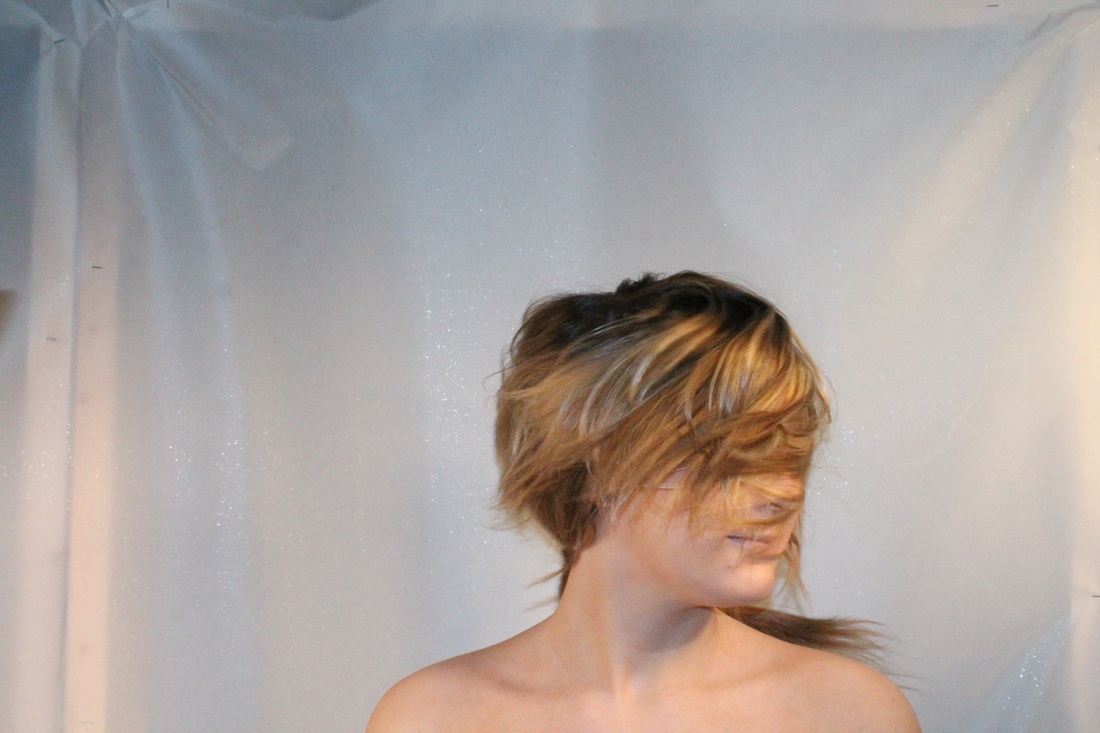
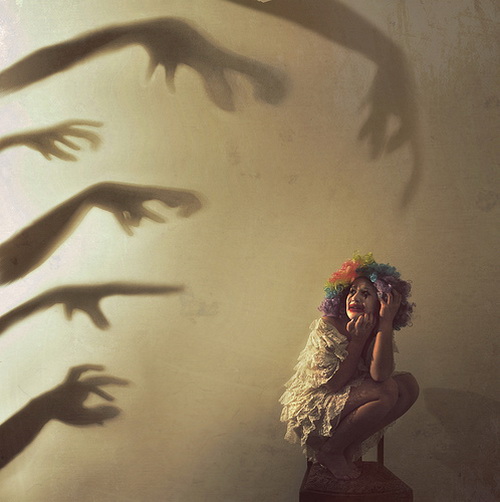
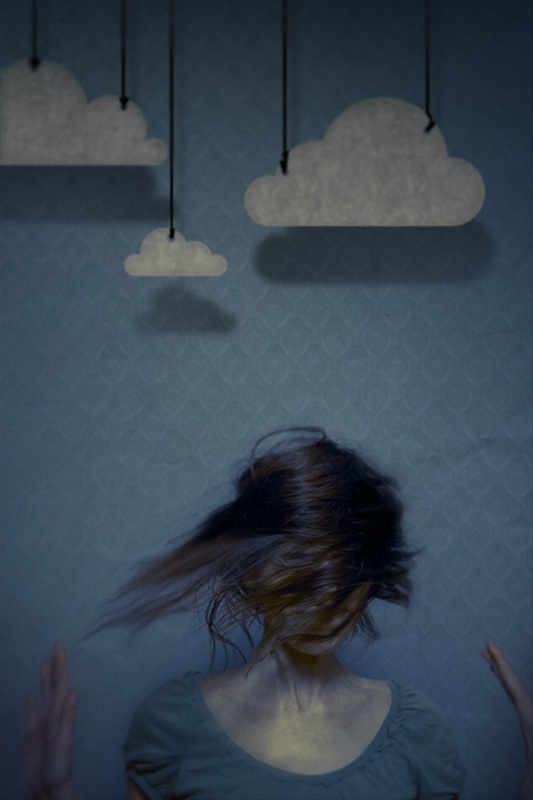
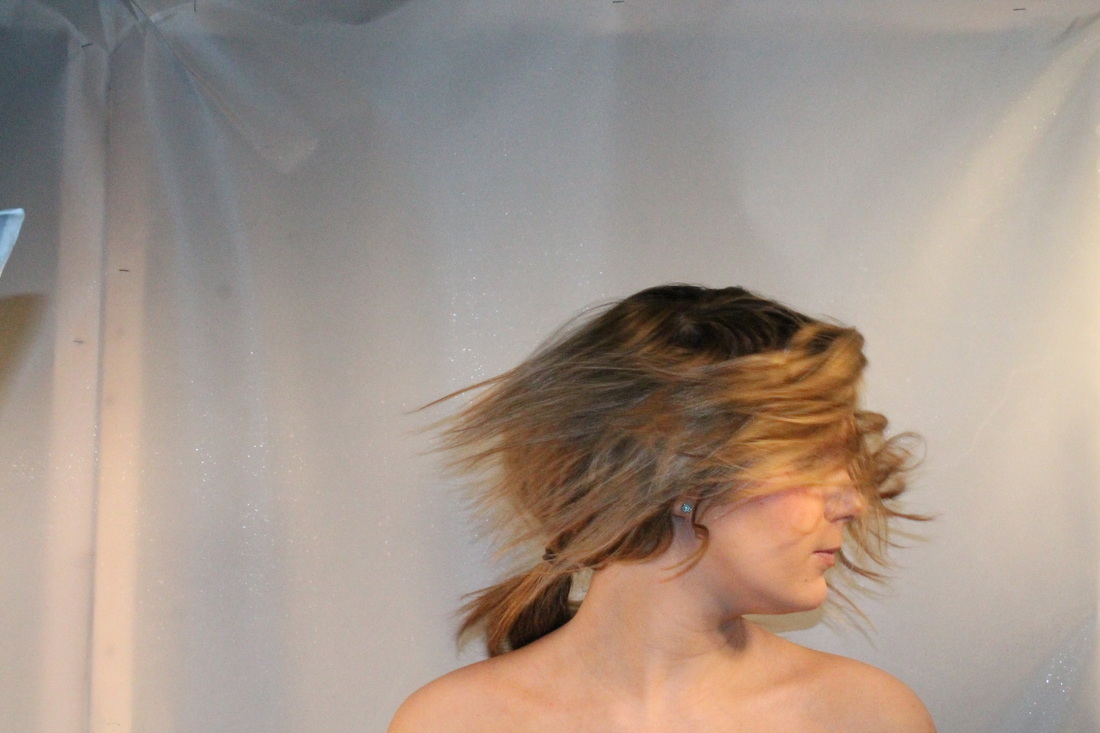
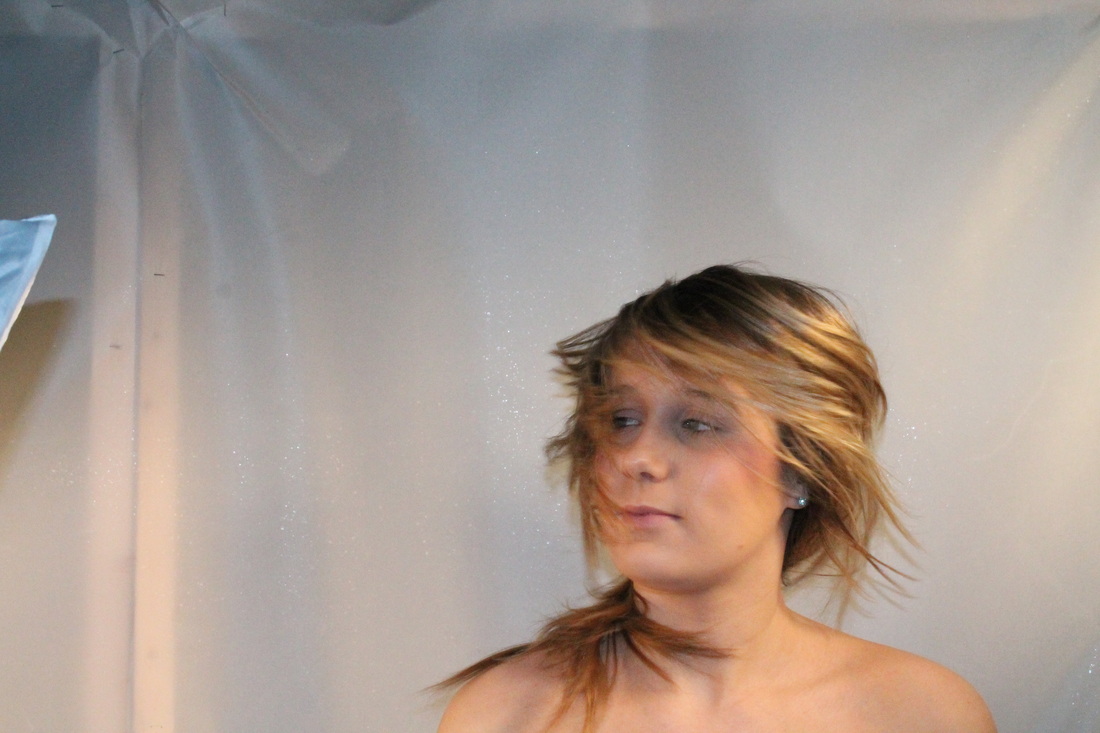
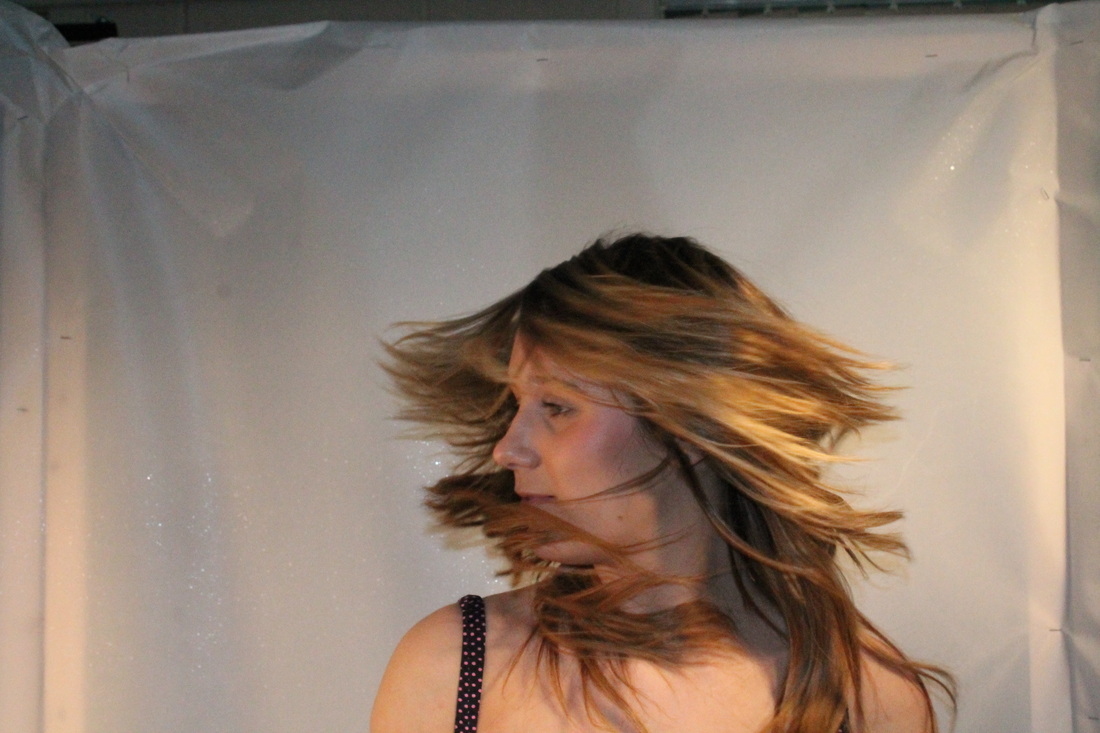
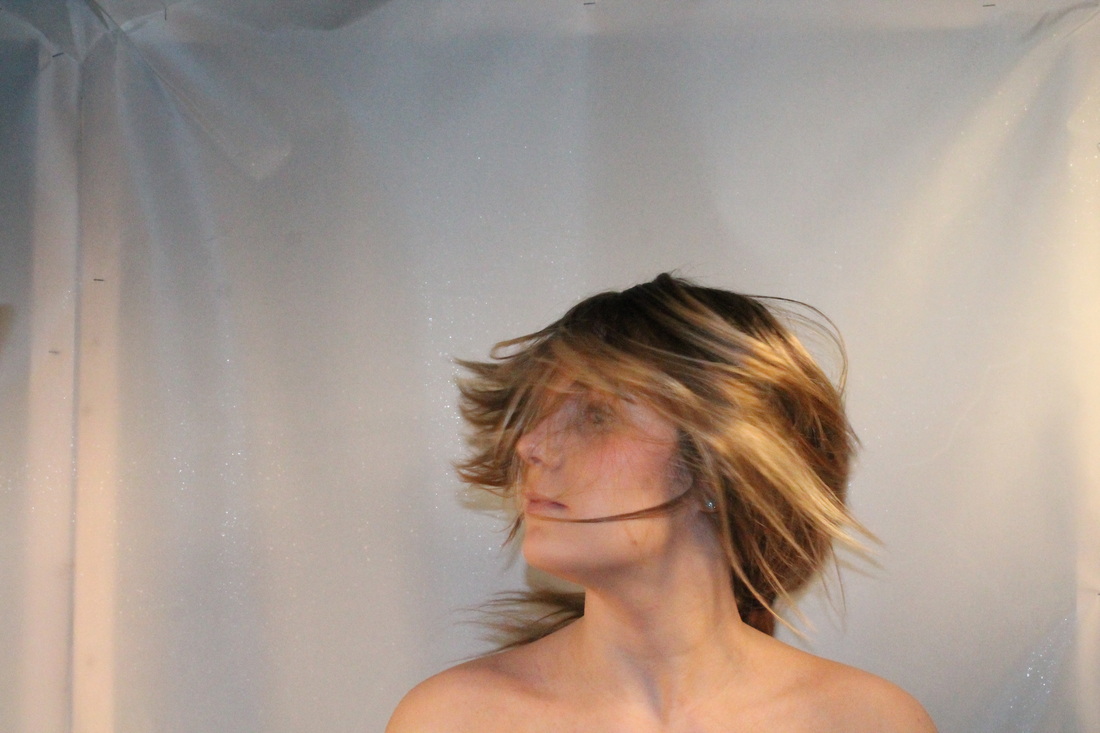
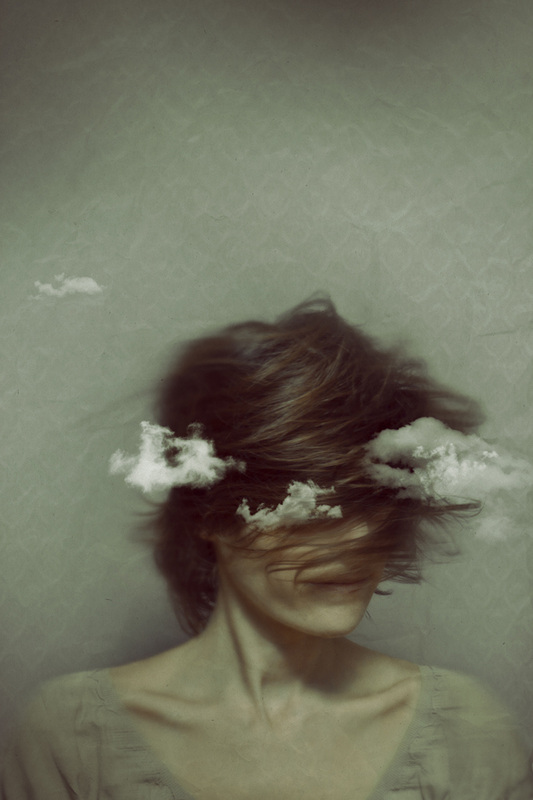
 RSS Feed
RSS Feed